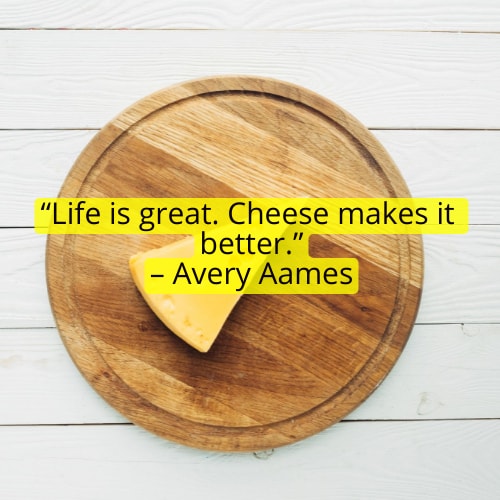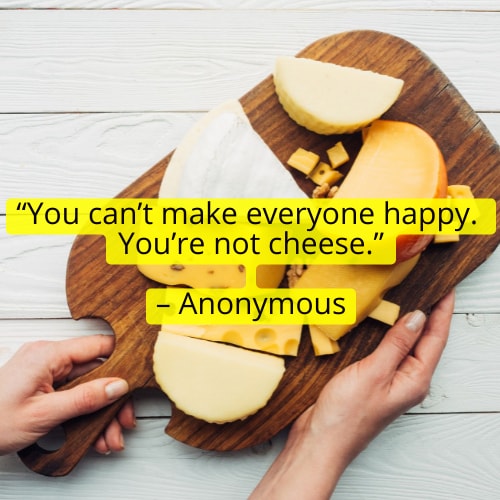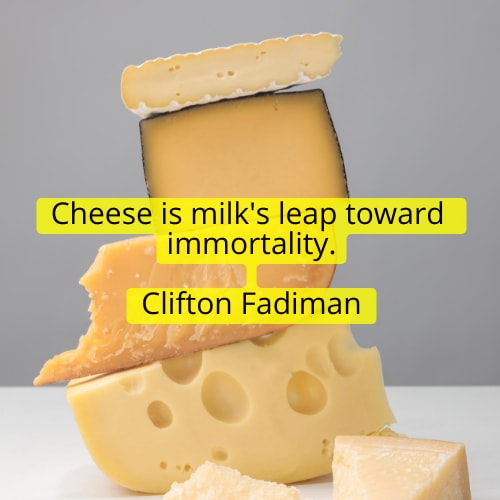Stop underestimating the culinary potential of cottage cheese (and its lumps)
For too long, cottage cheese was unfairly yoked to the diet industrial complex or discarded as an old-school, if virtuous, deli or diner side. However, it’s seen some reputational repair in recent years, observable through a series of headlines: “Can We All Finally Admit We Love Cottage Cheese?” Bon Appetit implored in 2017; a year later, the New York Times’ food section countered with the more inquisitive “Is America Ready to Love Cottage Cheese Again?”
In 2019, Bon Appetit volleyed back with a declaration that our collective summers all needed more cottage cheese (they do), before the Times gave the ultimate decree last month: “Cottage Cheese Makes a Comeback.”
It’s been a slow build-up for the nation to recognize something many of us have known all along: It’s time to stop underestimating cottage cheese — and not just as a scoop or a side, but as an ingredient.
Of course, Eastern European, and specifically Jewish, culinary culture is ahead of us here. Think of noodle kugel — sweet or savory — that is made dense, but not heavy, thanks to a mixture of eggs, egg noodles, sour cream and cottage cheese. In some of the remaining Polish restaurants that dot Chicago’s Avondale neighborhood (a portion of which Polish immigrants once dubbed “Jackowo,” pronounced yahts-KOH-voh, which roughly translates to the Village of St. Hyacinth, after the corridor’s anchor parish) diners can still find kluski z serem, sometimes just called “Polish noodles.”
They are almost like a simple, deconstructed kugel, made by folding warmed cottage cheese and sweet, caramelized onions into a bowl of egg noodles.
Cottage cheese, much like other acid-coagulated cheeses like ricotta, feta and farmers cheese, will never melt into a smooth, velvety pool of fondue or mix uniformly into a bechamel. It’s just not built for it. However, it’s worth learning to love the lumps, or at least learning how to manipulate them, to enjoy the unique dimension they bring to many dishes.
For instance, in the…
..


